Kenneth R Quigley, PE
Recent Posts
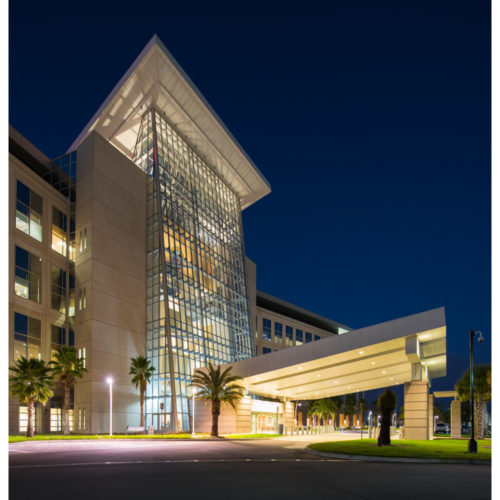
Using Metal Panels to Stand Up to Hurricanes
[fa icon="calendar'] Sep 18, 2017 2:00:00 PM / by Kenneth R Quigley, PE
In areas of the U.S. prone to being hit by hurricanes, like Florida, it is critical that buildings are constructed to stand up to the strength of storms.
Weather-resistant Metal Paneling is one application that is currently being used to withstand the potential damage caused by hurricanes.
According to a recent article in The Construction Specifier, Orlando Veteran Affairs Medical Center, located in a region with a 40% risk of encountering a hurricane, has installed more than 245,000 sf of weather-resistant metal walls, tested to withstand winds from a Category 3 hurricane
As stated in the article, the building features thermal efficiency, moisture control, and weather resistance suitable for the hurricane risk in Orlando, the panels are pressure-equalized along horizontal joints. Insulated metal vertical (IMV) joints are also employed, improving visual appeal by creating the illusion of an uninterrupted façade and minimizing both streaking and staining. All panels used are 22-gage and feature foamed-in-place cores to minimize gaps in insulation.
Continue reading full article here.
Read More [fa icon="long-arrow-right"]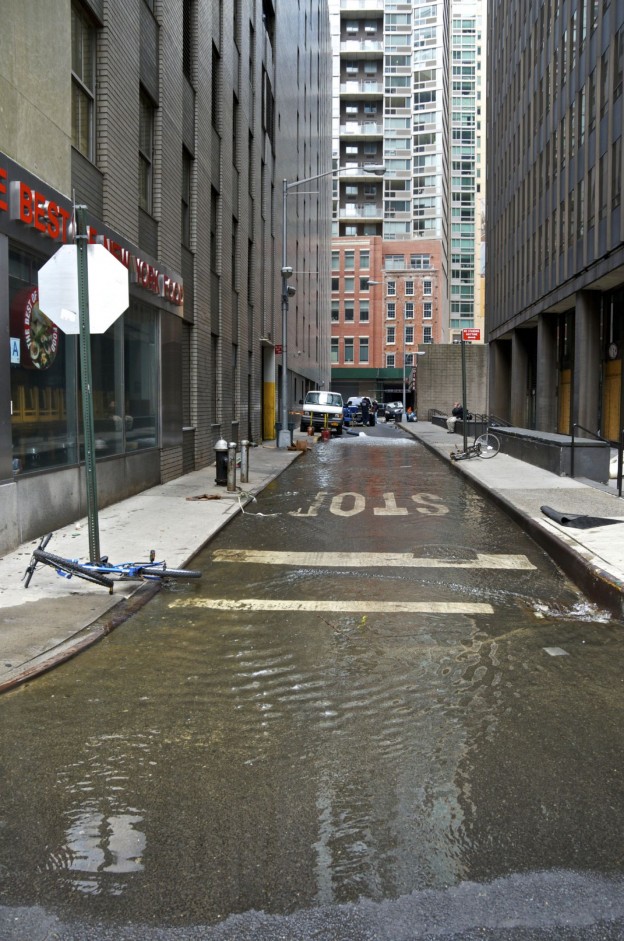
Protecting Infrastructures from Major Floods
[fa icon="calendar'] Sep 14, 2017 4:00:00 PM / by Kenneth R Quigley, PE
Flooding has dominated much of the news in recent years and this hurricane season it seems to be even more prevalent. The impact of this flooding is greater due to growing infrastructure and the rapid rate that new construction is going up.
Concrete is the modern world’s most commonly used building material however century-old concrete structures are outlasting modern concrete structures erected in the last 50-years. Why? One factor is the way in which the buildings are reinforced. According to a recent article in The Construction Specifier, instead of using solid stone, most U.S. infrastructure is constructed of reinforcing steel embedded within poured concrete. As the priorities of construction methods shift to increase productivity and streamline scheduling, long-term durability often takes a backseat.
The following article provides case studies about different reinforcement methods being employed to protect against major flooding. Read more.
Read More [fa icon="long-arrow-right"]New Orleans Pushes to Finish Last Big Storm-Surge Project
[fa icon="calendar'] Aug 17, 2016 7:00:00 PM / by Kenneth R Quigley, PE
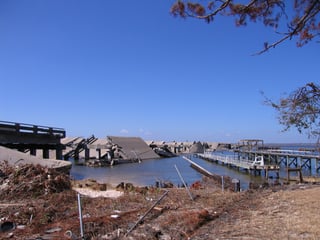 Since Hurricane Katrina first hit New Orleans in 2005, work has been ongoing to protect the city from future flooding.
Since Hurricane Katrina first hit New Orleans in 2005, work has been ongoing to protect the city from future flooding.
The Engineering News Record reported that the final step in building the permanent system will be completed in April 2017. As quoted from the article:
The $654-million Permanent Canal Closures and Pumps (PCCP) project now is the last major piece of the $14.6-billion storm risk-reduction system in low-lying New Orleans. The federally funded effort will give the city, which is from 2 ft to 20 ft below sea level, protection from a major storm that has a 1% annual chance of occurring, a so-called 100-year storm.
“The pre-Katrina system was a system in name only,” says Dan Bradley, Corps senior project manager for the PCCP project. “We’ve reduced [risk] by 35% with a true system approach to risk reduction.” Ricky Boyett, district Corps spokesman, adds. “Before, the canals were the first line of defense. Now, they are secondary."
Read more about the system by going to the full article here.
Read More [fa icon="long-arrow-right"]Construction defect reform in Colorado
[fa icon="calendar'] Mar 28, 2016 7:30:00 AM / by Kenneth R Quigley, PE
Working since January on their fourth attempt at passing construction defect reform legislation, Colorado state lawmakers are still having difficulty passing any meaningful reform. First reported in January by The Denver Post, builders are hesitant to start new projects in the state - leading to a lack of condo units available for purchase, and no new condo project applications.
"Reform proponents blame Colorado's construction-defects law for the condo shortage, saying the law makes it too easy for homeowners to sue over cracked foundations, leaky windows and other structural problems.
Read More [fa icon="long-arrow-right"]
Engineering trends in 2016
[fa icon="calendar'] Dec 14, 2015 11:33:57 AM / by Kenneth R Quigley, PE
It's an exciting time in the field of engineering. Climate change, resilient design, hardened buildings, shelter from storms and shelter from terrorists all present challenges in the design of buildings and other structures. As reported by Civil and Structural Engineer, the stage is set for a range of opportunities in the industry:
Read More [fa icon="long-arrow-right"]Flood protection design and construction since Katrina
[fa icon="calendar'] Nov 5, 2015 12:51:08 PM / by Kenneth R Quigley, PE
In the wake of the 10th anniversary of Hurricane Katrina earlier this year, Engineering News-Record reported on the current state of the flood protection system in place, and the changes that have been made since the storm.
"The fact that floodwalls around New Orleans were designed to be overtopped but remain standing says much about the post-Katrina hurricane-protection system that rings the city—and about the risks that those who live within that system still face.
Read More [fa icon="long-arrow-right"]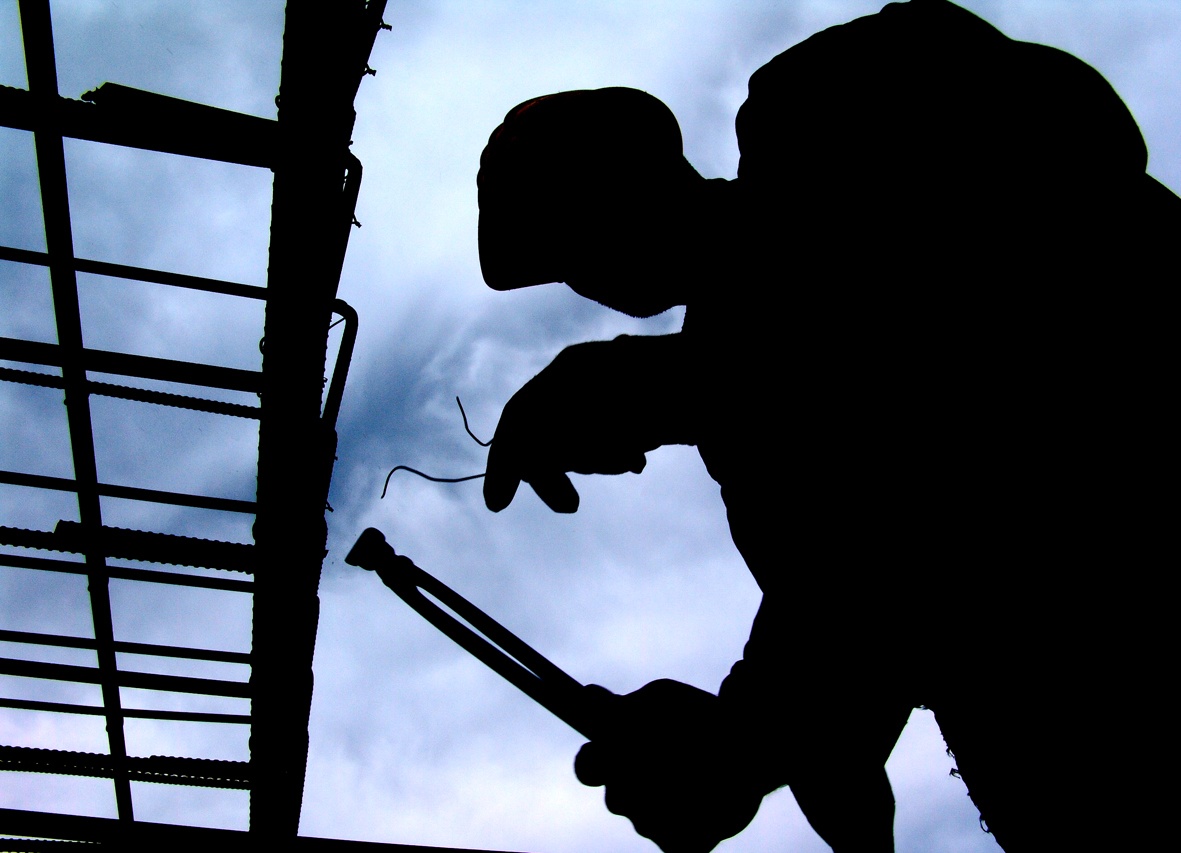
Importance of a safety culture on job sites
[fa icon="calendar'] Sep 28, 2015 1:17:58 PM / by Kenneth R Quigley, PE
A culture of safety does more than just protect your firm from law suits and protect your employees from injuries. A recent article from Engineering News-Record states that it actually helps productivity, job quality and increased return on investment.
Read More [fa icon="long-arrow-right"]A San Francisco hospital is using a unique substance to prepare for earthquakes
[fa icon="calendar'] Sep 18, 2015 12:21:40 PM / by Kenneth R Quigley, PE
As reported by CityLab last week, a San Francisco hospital is the first to use a unique substance to protect itself from possible future earthquake damage. The 7-foot wide wall panels made of "goo" are embedded throughout the structure to act like a shock absorber for the building.
"It has the consistency of chewing gum, the San Francisco Chronicle reports, and could keep the 15-story California Pacific Medical Center standing and fully operational during an event as big as the 1906 earthquake, which registered a magnitude of 7.8. The hospital, located about 7 miles from the San Andreas fault line, is the first building in the U.S. to use such technology.
Read More [fa icon="long-arrow-right"]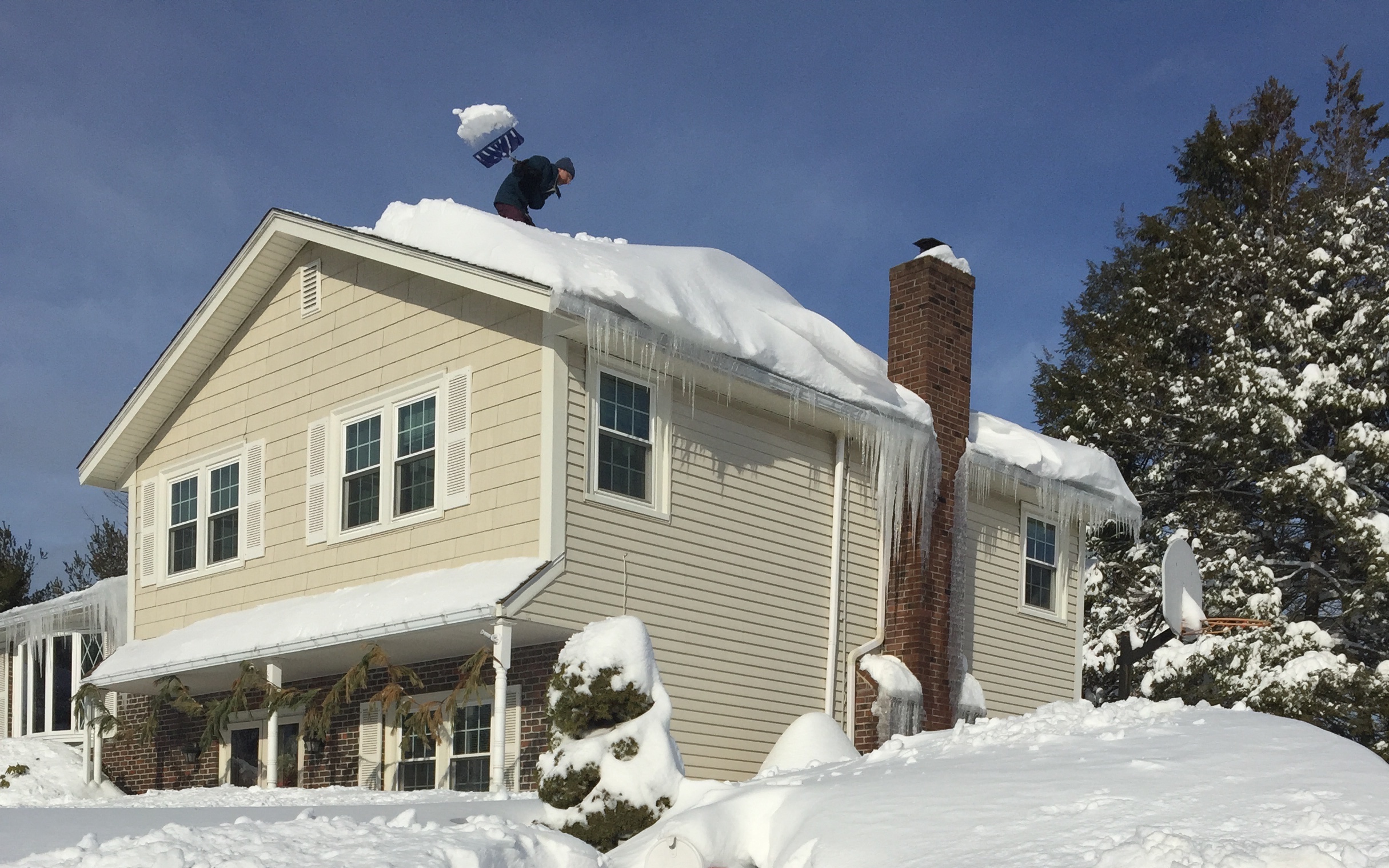
After getting this much snow, should you shovel your roof?
[fa icon="calendar'] Feb 18, 2015 5:20:00 PM / by Kenneth R Quigley, PE
Whether you own a commercial property or a single family home, the answer may offer some relief!
The winter of 2015 is one that everyone will remember for quite some time. Between record breaking snow totals, traffic tie-ups, and ice dams, everyone has a story to tell - especially the news media.
But while there are many stories being reported about roof collapses and the importance of roof shoveling, be careful to learn the facts and not shovel your roof unnecessarily. The media is known for many of their strengths - but not for their engineering capabilities.
Read More [fa icon="long-arrow-right"]
